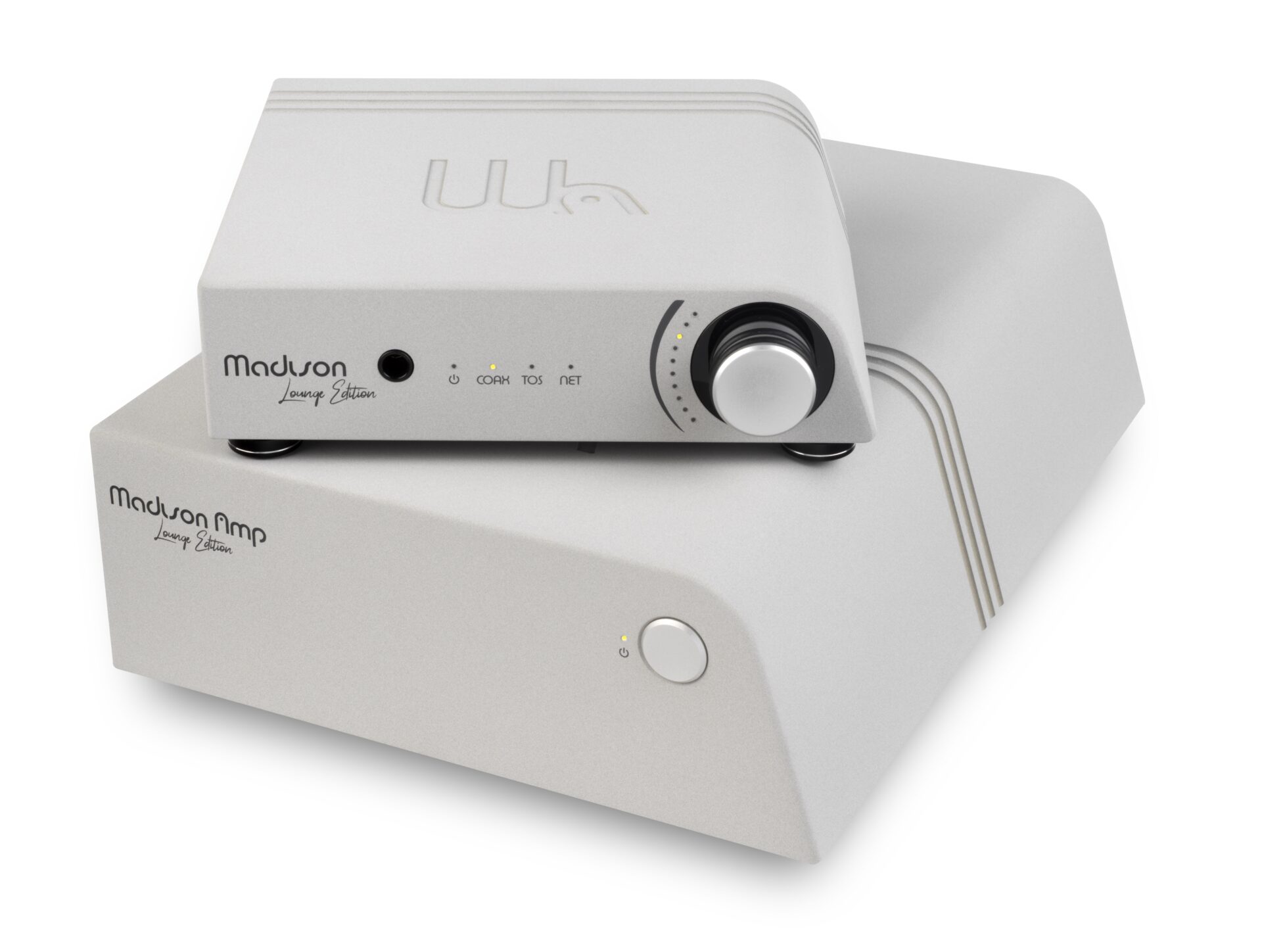
But once you subscribe to and enact the necessary steps, the musical dividend can be massive. Generally speaking, moving to a properly executed, vertically bi-amped topology will bring increased immediacy, dynamic-range, presence, micro-dynamic control and intimacy, greater instrumental texture and shape to phrases, a more explicit presentation of both notes and the spaces between them. Voices will be more articulate and intelligible, performances more expressive. It’s quite a laundry list, but the factors are all inter-related, which is what makes such a generalisation possible. They’re not just inter-related, they all relate directly to the amplifier(s) being given an easier job. Which somewhat circuitous route brings us back to the Neodio HQA and Wattson Madison Amp LE. Because, bi-amping doesn’t just get more performance from a given amp, as a policy or strategy it should also influence the amp(s) you choose.
Letting small be beautiful…
One of the biggest challenges facing most electronics designers and manufacturers is the need or the degree to which they make their products and particularly their amplifiers, universal. Load tolerance, reservoir capacitance, peak current delivery, rated power output: the range of operating conditions and partnering equipment that the amplifier will be facing directly affects all of these requirements. Sometimes, a chosen technology or topology imposes its own limitations: it’s hard to make a genuinely powerful SET or a load-tolerant OTL. But the vast majority of amplifiers that hit the market make at least a serious stab and being generally applicable – and that universal nature comes at a price, both monetary and in terms of performance.
As reservoir capacitance increases, the quality of the capacitors being used becomes more critical. It’s easy to increase the output power of any amplifier circuit by simply increasing the number of output devices, but that too is fraught with problems. Not only do the devices need to behave identically, you have to create a circuit that delivers identical operating conditions for each and every one – which is far from a simple proposition. For years, Naim Audio famously refused to use multiple pairs of output devices in each channel of their amplifiers, a decision that severely limited maximum power. They ultimately attempted to overcome this (rather less than successfully) with a bridged design, before finally resorting to multiple output devices – but only after expending massive amounts of time and energy on developing sophisticated local regulation stages for each and every device.
Why the insistence on single output pairs? Because each time you add parallel devices you introduce the possibility of different signal paths and different device performance, the product of which can be blurring of leading edges, the shifting or spreading of musical energy, disruption to the spacing of notes and the timing between them: In other words, a direct assault on the fragile pattern that makes sounds into music. It’s no coincidence that Naim were amongst the first to espouse the PRAT (Pace, Rhythm And Timing) approach to audio assessment and, whilst it might not be the answer to all things audio, it still remains a critical consideration.

